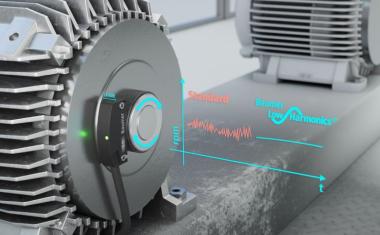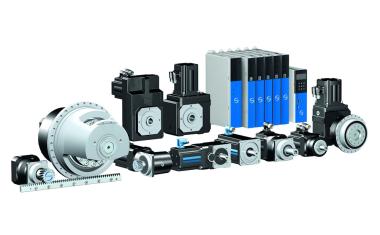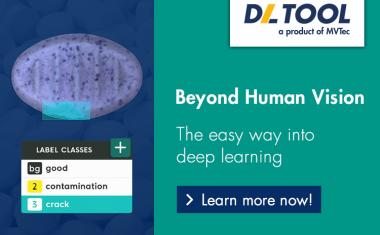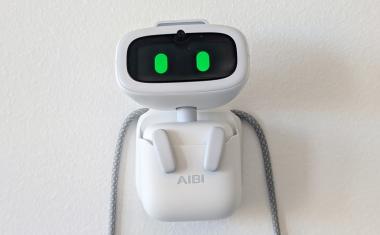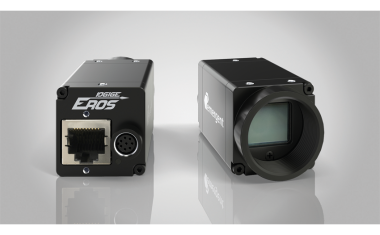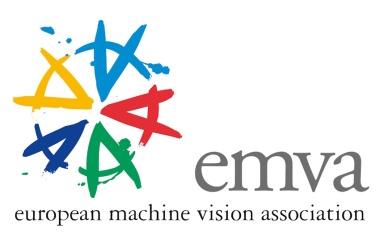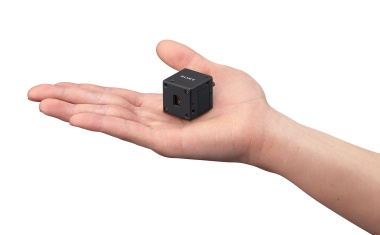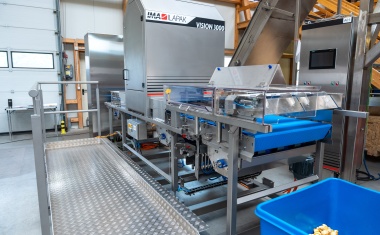How Easy to Use Is Machine Vision Really?
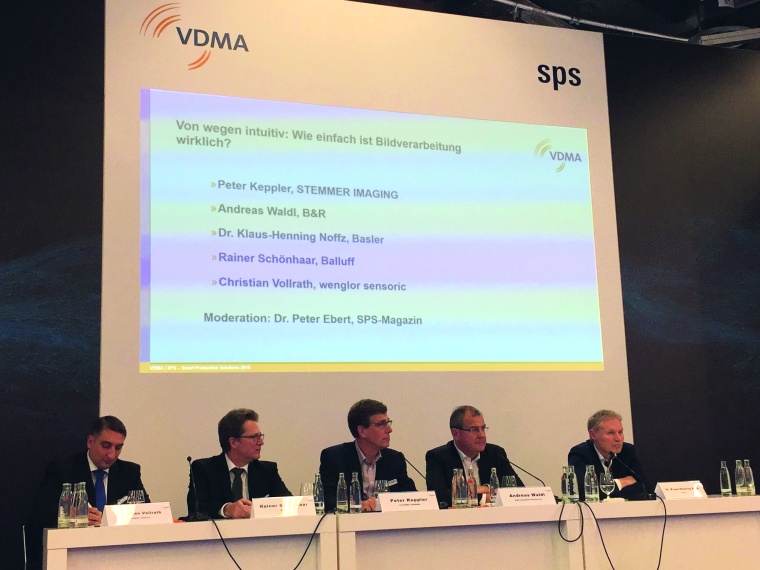
During the trade show SPS 2019, five experts discussed the question of how simple machine vision really is in a panel discussion which was organized by VDMA Machine Vision.
Machine Vision has become an indispensable part of manufacturing. Constantly striving for quality, efficiency, and product safety, it has become the key technology in automation worldwide. However, the enormous potential of machine vision is far from being completely exploited. It must become even easier for the user to integrate and use the technology if its potential is to be fully exploited.
In numerous application fields, image processing technology has established itself as a powerful, economical method of checking the quality characteristics of products. In particular, the increasing efforts around Industry 4.0 have given a significant boost to the acceptance of this technology: Automation engineers have become fully aware of its potential, know about the advantages of “seeing machines” and want to exploit the promising possibilities of image processing more and more.
However, in the opinion of many experts, the use of machine vision is still not intuitive enough, as Rainer Schönhaar from the machine vision team at Balluff explains: “In the past, three people were needed to implement systems with machine vision components: one for system planning, another for the control technology and a third for machine vision. The communication between these ‘worlds’ must become easier in order to increase the user acceptance of image processing.”
Andreas Waldl, Integrated Vision Product Manager at B&R, totally agrees with this statement: “Nobody is willing to invest a lot of time for communication between the automation and vision areas any longer. The integration of image processing in automation systems must be as easy as possible in order to provide economical solutions.”
Standards as Key to Success
Klaus-Henning Noffz, Director for New Business Development at Basler, considers the communication standard OPC-UA (Open Platform Communication Unified Architecture) to be key to the continued success of machine vision in automation. There are already companion specifications for robotics and machine vision available, which define the communication between these two important sectors for automation. “The willingness of the industry to develop OPC-UA together and thus establish widely accepted standards for vision hardware and software was a very important step for the successful merging of automation and machine vision.”
Peter Keppler, Director Corporate Sales at Stemmer Imaging, also confirms that OPC-UA makes the connection between these two areas much closer and increases acceptance by the user: “This standard definitely helps to create new possibilities, for example in the coupling of machine vision and robotics”. As an example, Keppler cites the innovative sector of “Cobots”, robots working losely with human co-workers. “Here, machine vision plays an important role in safely eliminating accidents or incidents between humans and machines. For absolutely reliable processes, it is necessary to acquire a large amount of image data, process it quickly and exchange the results between the systems involved without delay. OPC-UA offers the necessary tools for this and many other applications.”
Christian Vollrath, head of Computer Vision at wenglor sensoric, also mentions the VDI/VDE/VDMA series of guidelines 2632 as a valuable tool for reducing communication difficulties between automation and machine vision systems: “You have to speak the same language and be able to name problems that occur in reality in the same way in order to find solutions. This international standard for image processing, available in several languages, defines the necessary terminology and simplifies the successful use of specifications.”
Potential for Improvements
Standards are an important aspect to make it easier for automation engineers to use machine vision. However, the use of the technology will not become child’s play in the foreseeable future, opines Peter Keppler: “A machine vision system consists of many components. From lighting, optics and camera to software − all elements must be optimally matched in order to reliably solve a specific task. Without a certain amount of expertise, it is therefore usually not easy to make the optimal selection. This applies equally to intelligent cameras and PC systems.” Moreover, in Keppler’s opinion, attempts have been made for years to find a standard, all-in-one solution that can solve any task, allows all communication options and offers the greatest possible flexibility, but is still easy to operate. “I think we will see a major change here towards special subsystems that can be used to solve specific tasks. As a side effect, this will lead to more intuition, because you no longer try to beat all possibilities with one system.”
The industry is working hard on ways to make life easier for machine vision users. Many experts are hoping for considerable simplifications through the use of machine learning and deep learning methods. These innovative techniques should significantly accelerate the time-consuming learning of good and bad parts and thus relieve the user. However, the experts warn that they are not self-explanatory: On the one hand, the images required for teaching objects must be available or procured in sufficient number and quality, and on the other hand, the user must be clear exactly how and for what purpose he is applying such methods.
Control manufacturers are facilitating the use of image processing. For example, B&R offers its own vision system that is completely integrated into the control system. “This makes life easier for the user because he can use the operating environment that he is familiar with and now also finds options for image processing there,” says Andreas Waldl. According to him, the willingness of users to test and use the image processing offered in this way has been increasing quickly for some time.
Intuitive user interfaces for the software are also important for the easier use of machine vision systems. According to the unanimous opinion of the discussion participants, there is still considerable potential for improvement here. “It is important for the user that he can quickly reach his goal in a simple way,” says Rainer Schönhaar. “Which algorithms are used for this in detail is less important for him. The software must therefore be easy to use.”
Increased Intuition
Christian Vollrath also sees great potential for making machine vision more intuitive during the image acquisition process: “If you want to detect scratches on a surface, for example, you need to know exactly what type of illumination is best suited for this purpose. Intelligent systems that suggest the most suitable lighting, optics and camera models to the user on the basis of the existing conditions are currently still utopian. Users are therefore well advised to expand their know-how, for example by attending suitable trainings.”
“Machine vision has now established itself as an excellent tool for inspection tasks of all kinds. We have now reached a point where the aspect of how to make machine vision simpler is becoming more and more important,” summarizes Klaus-Henning Noffz. “Machine vision has a certain level of complexity due to the multitude of possibilities, and it remains an important task for manufacturers to make its use as easy as possible for the end-users.”
Participants of the panel discussion were Peter Keppler, Director Corporate Sales at Stemmer Imaging, Dr. Klaus-Henning Noffz, Director New Business Development at Basler, Rainer Schönhaar, Product Management Machine Vision at Balluff, Christian Vollrath, Head of Computer Vision at Wenglor Sensoric, and Andreas Waldl, Integrated Vision Product Manager at B&R.




